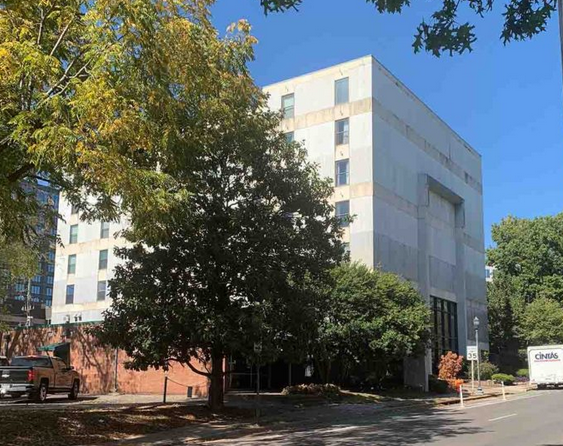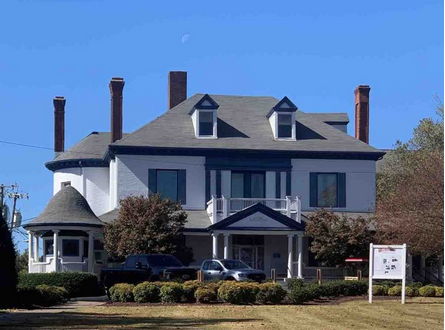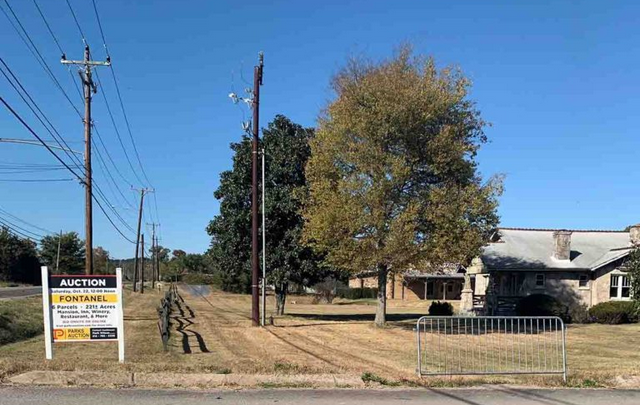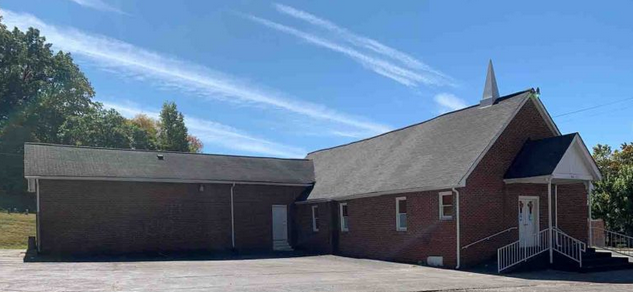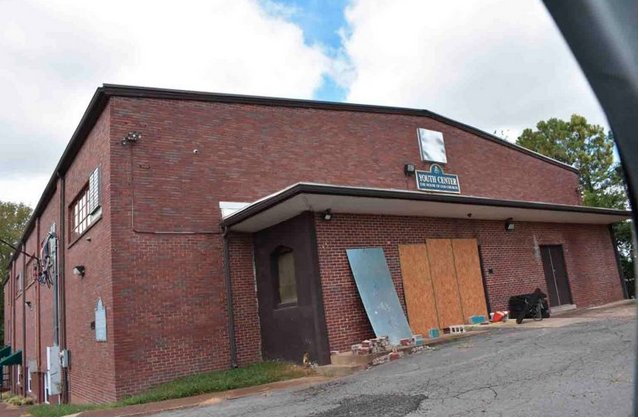Historic Nashville Inc. has released its The Nashville Nine — with this year’s list including the Fisk Little Theater on the city’s north side, a Music Row residential building and a group of old-school masonry structures located on Charlotte Avenue near West Nashville’s Richland Park.
A release notes the nine entries face concerns related to potential demolition, redevelopment and/or neglect.
In operation since 1968, the nonprofit HNI releases The Nashville Nine each year to spotlight the importance of saving not only the places listed but to emphasize the importance of understanding’s the city’s placemaking history in general. The Nashville Nine, published since 2009, is compiled through a public nomination process.
“We work with property owners, elected officials, government agencies, neighborhood leaders and the public to educate, evaluate and create solutions for preserving these important elements of Nashville’s unique history and sense of place,” the release notes.
HNI’s 2022 The Nashville Nine:
1. Fisk Little Theater, 998 Dr. D.B. Todd Blvd.
Built as hospital barracks during the Civil War, this frame building — located on Fisk University’s campus — has been used as a theater since 1935. The building is 160 years old and is constructed primarily of wood.
2. Renraw/The Warner House, 1016 McClurkan Ave.
Built in 1855, “Renraw” (the transposed spelling of “Warner”) sits in the heart of East Nashville’s Lincoln College of Technology. It was the boyhood home of esteemed Nashville businessmen Edwin Warner and Percy Warner, best known now for the parks named in their honor. In 1913, Renraw housed what was then known as Trevecca College. Once Trevecca acquired its present location in 1935, the estate became the Nashville Automotive College. Lincoln Tech sold the campus in early 2022 to Southern Land Co., which plans to redevelop the site with a mix of residential and commercial spaces. Plans are being made to move Renraw to a site located at the corner of Trevecca Avenue and McClurkan Avenue.
3. Pasqueit Cemetery, Hobson Road
Pasqueit Cemetery is a vernacular/informal graveyard with burials that date to roughly the mid-19th to early 20th century, including some stone box tombs. The cemetery has ties to the early history of Cane Ridge and other families that were important to the development of this part of Davidson County. Also within its bounds are numerous unmarked graves, many of which are believed to contain burials associated with enslaved persons from the area.
Threats to the site include a large mixed-use development that will envelop the site and significantly alter its historic setting, HNI notes.
Preservationists have advocated for the developer to conduct a ground penetrating radar survey and any other identification methods needed to better understand the site’s history and ensure all associated burials are protected from disturbance.
4. Robert Lillard House, 1026 Second Ave. S.
This circa 1940 Queen Anne cottage was the home and office of Nashville native Robert Emmitt Lillard (1907-1991), an important African-American attorney and civic and civil rights leader who served on the city council for decades.
HNI notes Lillard’s house is the last historical structure remaining on the east side of Second Avenue South between Cameron Street and Mildred Shute Avenue, with all other buildings being of recent construction.
“Though some of the churches and most of the university buildings where Nashville’s Civil Rights Movement was incubated are still around, many of the office buildings and residences associated with the people and events of the movement are long-since destroyed,” the release notes. “This is one of the last of those important spaces and it should be preserved.
5. Spence Manor, 11 Music Square East
The Spence Manor Motor Hotel was built in a mid-century modern brutalist style to serve the stars (including Elvis Presley) who visited Nashville to record on Music Row. The guitar-shaped pool on the property was built by Webb Pierce to accommodate his fans after his neighbors complained about fans coming to Pierce’s house to see his personal guitar-shaped pool.
The now-residential building is seeing a debate among residents regarding short-term rentals and the possibility of the site being better suited for a larger and more contemporary structure.
6. Nashville Christian Institute Gymnasium (also known as the House of God Youth Center), 2420 Batavia St.
The Nashville Christian Institute was a Church of Christ-run K-12 school for Black members of the church. It opened in 1940 and closed in 1967, when then-David Lipscomb College integrated. HNI notes the first president of NCI was famed preacher Marshall Keeble who had a hand in founding most, if not all, of the African-American congregations of the Church of Christ in Tennessee.
The National Register-listed NCI gym is the last remaining vestige of the former NCI campus and “stands as a testament to religious education in Nashville’s African-American Christian community during segregation and the civil rights era." The gym is currently for sale and in danger of being razed, HNI reports.
7. Scott’s Chapel AME Church and Fellowship Hall, 511 Tulip Grove Road
As the longtime center of the Scott’s Hollow community in Hermitage, the Scott’s Chapel AME Church property historically contained the church, a benevolent society, a one-room schoolhouse and a cemetery. Community founders were once enslaved at nearby Tulip Grove plantation and at The Hermitage.
After integration, the one-room schoolhouse was moved and attached to the church as its fellowship hall, but many of the accoutrements of the schoolhouse are still in place. The site is well-maintained, but the schoolhouse section needs some major repairs that are beyond the capacities and budget of the families looking after the property, HNI reports.
8. The Fontanel, 4225 Whites Creek Pike
Country music star Barbara Mandrell’s former home and the surrounding 221 acres — including the inn, houses, distillery and amphitheater space — are soon to be sold. The property includes much of “downtown” Whites Creek, so any future changes to the buildings “will drastically affect the character of the whole area,” HNI notes.
9. The 4900 block of Charlotte Avenue
HNI considers this segment of Charlotte Avenue the heart of the old “New Town” development now known as West Nashville. New Town was designed to be an industrial hub located close to the river, railways and the city’s urban core. Though now a part of Nashville, New Town was originally an independent community with a thriving commercial district.
Many buildings located within the 4900 block are “significantly underutilized,” with empty spaces and boarded windows.
“In a neighborhood that is teeming with commercial activity and surrounded by some of the most stable residential historic districts in Nashville, preservationists are hopeful that this stretch of early 20th-century commercial buildings will be revitalized before they are lost to time and neglect,” HNI notes.

